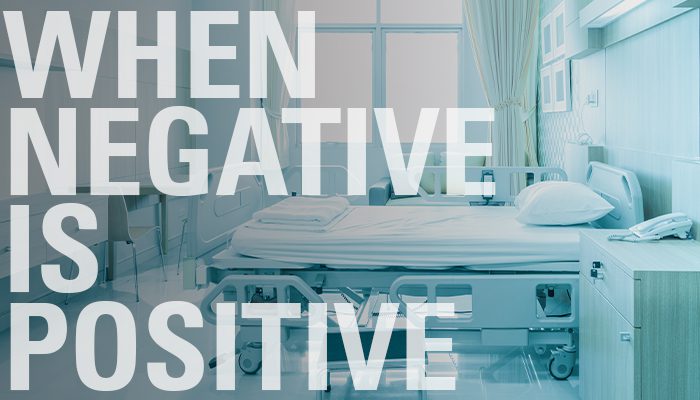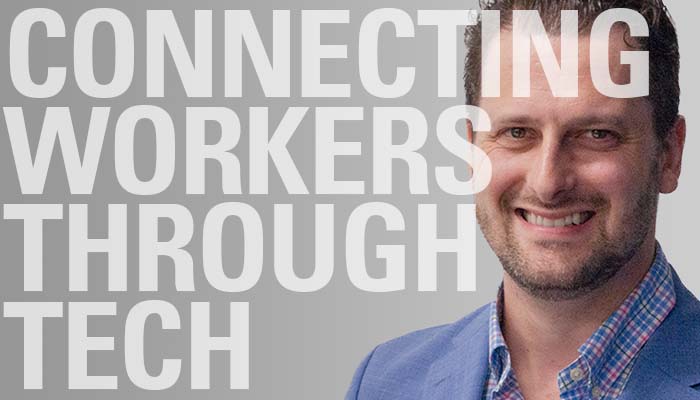The evolution of the modern office needs to accommodate team members meeting in person and online. ESD now Stantec Senior Audio Visual Consultant John Doyle offers an overview of the best technology to consider. (Learn more about the meeting room technology.)
As much as healthcare systems prepared for a pandemic, a new reality surfaced as the current pandemic accelerated – and we are witnessing creativity, agility and humanity coming together.
One healthcare system engaged our team to analyze its current HVAC system to quickly identify concepts and strategies for creating additional negative pressure rooms to keep pathogens from being recirculated where healthcare frontline teams are providing care. Given the seriousness of the pandemic, these rooms needed to be changed in days when normally it could take months.
Why are negative pressure rooms so important? A negative pressure room isolates infectious patients to prevent contamination of surrounding spaces which keeps intensive-care specialists, health workers, patients and visitors safe from airborne infectious disease, such as the coronavirus. This room – also called an isolation room – ensures contaminants are contained and filtered or exhausted out of the building so as not to compromise other parts of the facility. Though many hospital rooms are negatively pressurized during normal times – including emergency department waiting rooms, labs and respiratory disease treatment spaces – regular patient rooms are not.
System reconfiguration, along with maintenance actions recommended by organizations such as ASHE, are providing healthcare systems additional capacity to care for patients as the pandemic spreads.
Healthcare Patient and Provider Safety is Personal
During a recent team meeting, the urgency of negative pressurization engineering being done by our healthcare team was shared by one of my peers. His daughter is a nurse in our client’s healthcare system, and he shared that she and her husband are concerned for her health. This brought our firm’s mission of Improving Society Through the Built Environment into focus for our team. The expertise our team is providing for this healthcare system is helping them to increase the number of people they can treat within an environment designed to minimize risk for their frontline healthcare providers and patients.




